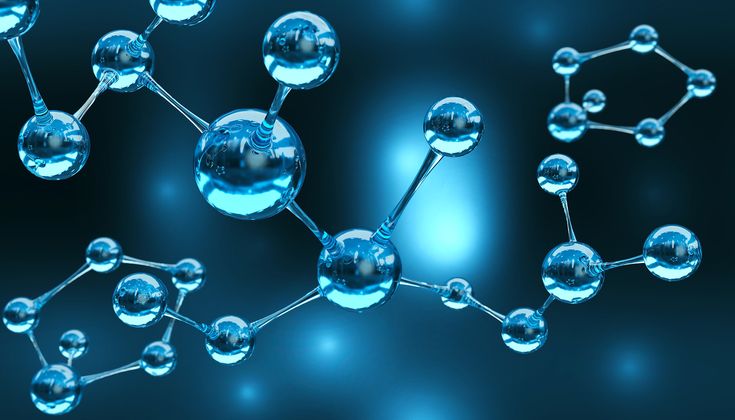HCOOCH CH2 H2O Revealed: Process, Mechanism, and Use
CH3CH2‑CH=CH2 + H2O
Methyl formate, HCOOCH3 is a common ester used both in laboratories and in industries. When it reacts with water (H 2 O), it undergoes hydrolysis to turn into formic acid (HCOOH) and methanol (CH 3 OH).This is a classic textbook example of ester hydrolysis in organic chemistry and is one of the great contributions to industrial chemical synthesis.
This reaction, when run in acidic or basic solutions, affords fundamental information about the mechanism of reactions, industrial reactions, and catalysis. This paper examines the disintegration of the HCOOCH CH2 H2O and the significance of the same with reference to the real world.
The Chemical Reaction: HCOOCH CH2 H2O
A further typical example is the hydrolysis of methyl formate, with breaking of the ester bond by water. Its balanced equation is:
HCOOCH3 + H2O → HCOOH + CH3OH
In our present case we can expect a water molecule to behave as a nucleophile and it will attach itself with the ester molecule and depolymerize the latter to carboxylic acid and alcohol. On an acidic medium the carbonyl oxygen is protonated, and then the carbonyl carbon is electrophilic and susceptible to a nucleophilic reaction.
Acidic hydrolysis is preferred industrially because the separation of products is clean and the reactions go at a faster speed. Alkaline hydrolysis may also be used, but this is frequently followed by neutralization after the reaction.
HCOOCH CH2 H2O: Reaction Mechanism
Under acidic conditions, the consecutive process is of the general nature:
1. Triggering of the Ester
An acid catalyst protonates the ester group of the methyl formate. This makes the partial positive charge on the carbonyl carbon greater and hence it reacts more.
2. Attack by a Water Molecule
The carbonyl carbon is now attacked by the water molecule as a nucleophile to form a tetrahedral intermediate. This is a bridge where the departing group and an incoming nucleophile are attached to the same center.
3. Restructuring and Decentralisation
Transfers between protons in the intermediate result in the loss of methanol and occurrence of a protonated formic acid molecule.
4. Final Deprotonation
The reaction is completed by the deprotonation of the protonated formic acid in presence of the neutral formic acid.
This process demonstrates the acceleration effect of catalytic acids in reactions as a result of promoting significant electron rearrangements and transfer.
Industrialized Uses of Hydrolysis
The ease with which the reaction can be used to convert methyl formate into two useful chemicals makes such a reaction very useful in industrial chemistry.
Industrial Reagent: Formic Acid
Formic acid enjoys many commercial applications such as tanning leather, dyeing and preserving crops. Production of formic acid by hydrolysis is one of the most cost-effective methods to manufacture large quantities of the chemical because of the ease of the process.
Methanol in Energy and Production
Another useful byproduct is methanol. It is applied in production of adhesives, plastics and formaldehyde. It is being considered as an alternative clean fuel in the energy industry, such as methanol-fueled fuel cells.
Methyl formate is therefore not only economically and environmentally viable in the production of many in-demand compounds but also through hydrolysis.
Influencing Factors of Reaction
An array of factors may modify the speed and rate of the hydrolysis reaction:
Acid Catalysts
A typical acid such as sulfuric acid promotes the protonation of the ester, thereby catalyzing the overall reaction.
Temperature Control
The reaction rate may be precipitously raised by the addition of heat to assist in defeating the activation energy thresholds. Excess amount of heat can however encourage side reactions therefore accurate handling is required.
Water Quantity
Excess water moves the equilibrium towards products. In addition, the elimination of some products like methanol in the system also increases the conversion rate which aligns with the Le Chatelier principle.
Reaction Conditions
In general, acidic conditions are more desirable because of less contamination in the product and simple purification. Simple hydrolysis can be more complex and less manageable.
Safety Considerations: HCOOCH CH2 H2O
The chemistry is simple, the materials are particularly demanding:
- Methyl formate is volatile and flammable.
- Formic acid is corrosive and may cause serious skin and eye injuries.
- Methanol is poisonous and causes severe health complications when ingested or when exposed to a high-level chronic exposure.
Lab practices (ventilation, PPE (gloves, goggles, lab coat), safe storage) play a vital role as a risk control measure.
In Organic Chemistry Significance
This reaction can be commonly found in organic chemistry teaching although it can be used to show:
- The concepts of nucleophilic substitutions
- Electrophilic activation mechanisms
- Reaction control through the use of catalysts
- Controlling equilibrium by removing products
It is also a model system that is applicable to the real world as well as it teaches basic principles of molecular chemistry.
Conclusion
Methyl formate reacting with water HCOOCH CH2 H2O is not a mere theory. It is a life-saving industrial transition of practical significance. The conversion of formic acid and methanol represents an example of the efficient and sustainable nature of modern chemistry.
This process of hydrolysis has remained a valuable tool in research and production via proper knowledge of the mechanism, reaction parameter optimization, and implementation of safety measures.
FAQs
1. What is the balanced equation to the hydrolysis of methyl formate?
HCOOCH3 and H2O to produce CH3OH and HCOOH.
This generates formic acid and methanol.
2. What can you use methyl formate for?
It is a solvent, methanol and formic acid intermediate, and pharmaceutical synthesis.
3. What are the best reaction conditions?
Sulfuric acid as a catalyst, an excess of water, and acidic conditions with a controlled temperature.
4. Can this reaction be scaled up in industry?
Yes. It is highly efficient, yields cleanly, and is relatively low cost of reactants, which makes it widely used.







